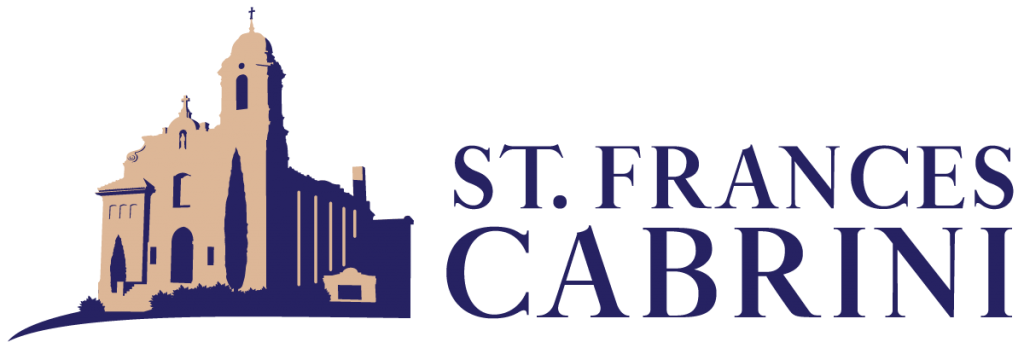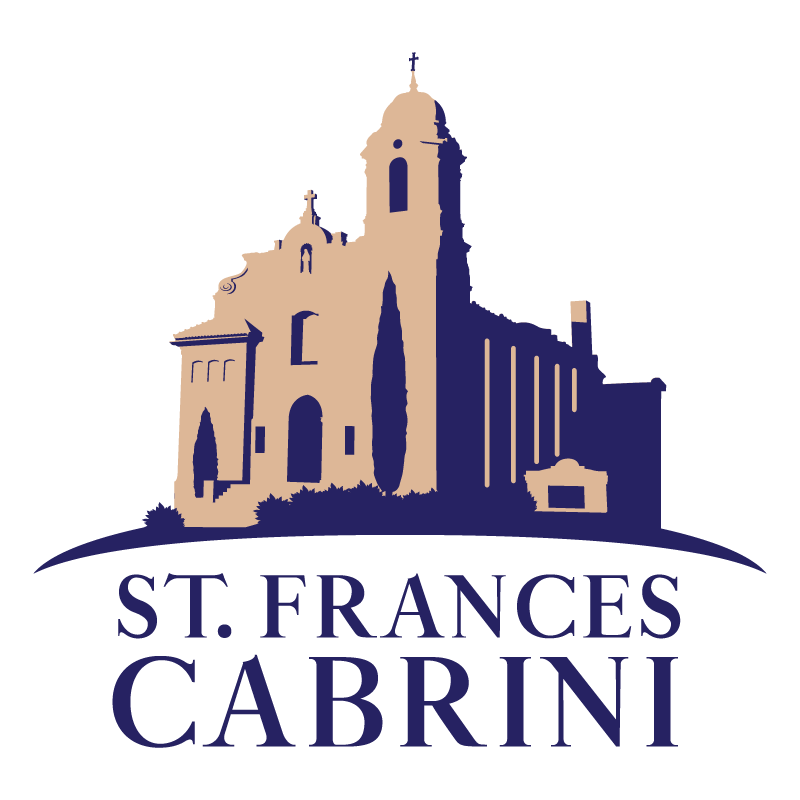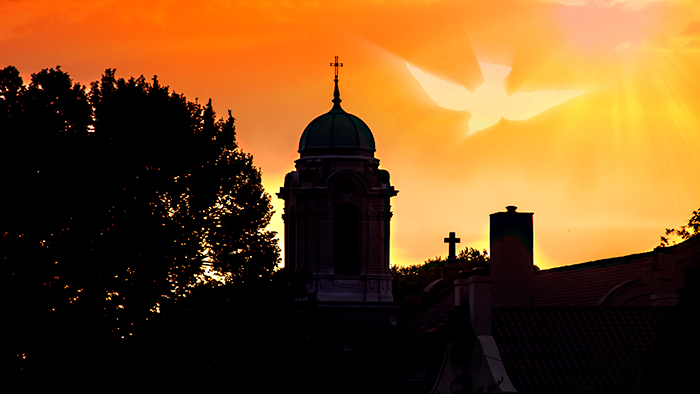Dear Friends,
On this Pentecost Sunday, I’d like to offer you a bit of esoteric information that I learned long ago in some scripture class. As you read it, you may want to encourage me to keep all such pieces of esoteric information where it belongs – lost in the recesses of my memory. However, we are finishing our reading of John’s Gospel on Sundays and soon will return to Luke, so I have to get it out there quickly.
Here it is: The Old Testament Books of Wisdom and the Gospel of John in the New Testament may have been intentionally laid out to resemble an actual building, according to some scripture scholars. John is laid out to resemble a walk into the Temple from the front gate to the Holy of Holies. Let me briefly give you a few high points of John.
In the opening verses of John, we hear him spoken of as “The Word become flesh and ‘dwelt’ among us.” The word dwelt is “tabernacled”. Christ is the dwelling place of God with us – just as the Temple was in the past.
Jesus is then identified by the Baptizer as “the Lamb of God.” One of the first things people would have encountered at the Temple were lambs for sacrifice and the large altar of sacrifice. Then in Chapters 2 through 5 of John we have several events connected by water – wedding at Cana, woman at the well, man healed at the pool of Bethesda – the next thing people would have encountered at the Temple were the pools for purification before you could enter the Temple itself.
When you enter the Temple, you encounter a large table for the bread. In Chapters 6 and 7 of John, Jesus miraculously feeds the thousands and then goes on to describe himself as the Bread of Life. “I am the bread of life; whoever comes to me shall not hunger, and whoever believes in me shall never thirst.” After passing the table of bread in the Temple you would see the Menorah, the lampstand. And in Chapters 8 through 13, Jesus repeatedly refers to himself as the Light of the World and of being glorified by his heavenly Father.
As you walk through the Temple you now come to the altar of incense, and in the Gospel of John we now see Jesus as the great High Priest. There was a veil that separated the Holy of Holies from the rest of the Temple and only the great High Priest could go there after he had made the required sacrifice for the sins of the people. When the priest went back there, he would sprinkle blood on the Mercy Seat between the cherubim that sat on either side. Jesus shedding blood on the cross plays the role of the High Priest sprinkling the blood. You may recall, when Jesus died this veil was torn in two from top to bottom so there was no longer a separation.
On the third day, when Jesus had risen, Mary goes to the tomb and what does she see? “And she saw two angels in white, sitting where the body of Jesus had lain, one at the head and one at the feet.” The two angels on either side of the place where Jesus lay are the cherubim that stand upon the Ark of the Covenant, their wings touching over the Mercy Seat. The new Temple has come to be present in the life and resurrection of Jesus.
Jesus creates the foundation of his new church on the disciples. From this new Holy of Holies, he sends forth his Spirit to forgive sins and restore the relationship between God and humankind. The old Temple is no longer needed. The sacrifice has been offered, the High Priest entered, the blood was sprinkled, and the work finished and accepted by the Father. Christ is the tabernacle, and His empty tomb is the Holy of Holies.
Okay, if you are intrigued, go online, get a layout of the Temple and see if it makes sense. For scripture geeks, it all seems pretty cool. Just imagine John trying to figure out how he would tell Jesus’ story. He had no better layout than the Temple itself. Another way to make the argument of who Jesus is.
Blessed Pentecost. Happy Birthday Church!
Peace,
Fr. Damian



